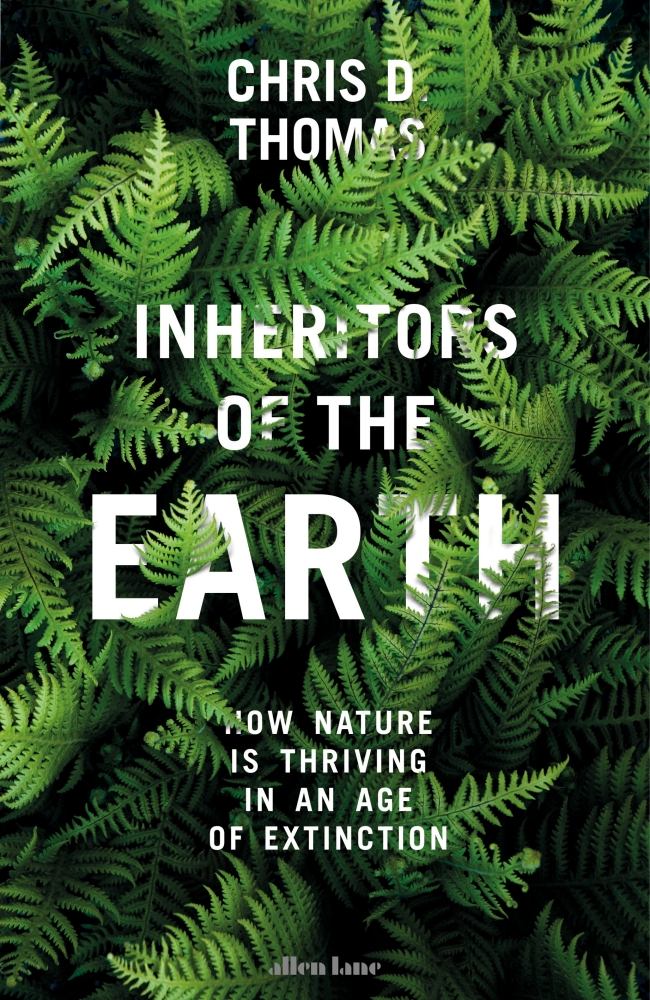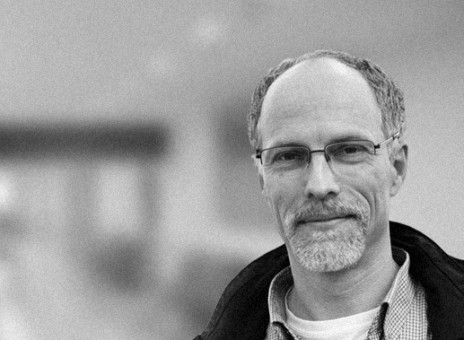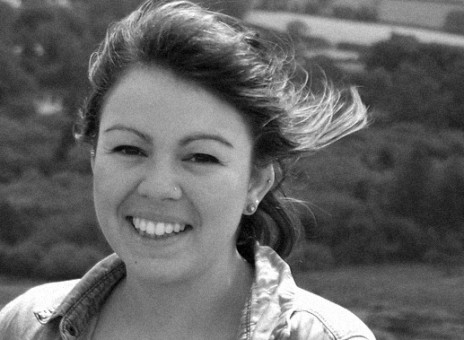Can heritage be thriving in an age of extinction?

Can heritage be thriving in an age of extinction? Reading Chris D Thomas (2017), Inheritors of the Earth. How Nature is Thriving in an Age of Extinction. Allen Lane.
Will human interference on Earth during the Anthropocene imply a massive amount of species going extinct and a serious loss of biodiversity, as we sometimes are being told? Do we need to act now to reduce the damage our descendants will suffer as a result of the loss of much of our natural heritage?
Chris Thomas investigates the human inheritance on planet Earth. Intriguingly, his argument is that nature will be thriving in an age of extinction. Thomas does not, however, deny that levels of extinction are high in our age and that there is a strong need for conservation. But for Thomas, besides losses and threats of loss, there are also gains and further opportunities for gains. As a result of human behaviour, many new animal and plant species are, and will be coming into existence.
Since human action is part of nature and since in any case we cannot return to an arbitrarily defined, idealized past state of the planet, Thomas argues that we should embrace immigrant species, hybrid species and species created by humans, e.g. by selective breeding. Time will tell which of these are best adapted to the rapidly changing conditions on Earth but, to be sure, the number of species in most regions of the world is increasing, not decreasing. Climate change in particular will contribute to thriving wildlife, because, as Thomas establishes (p. 92), “on the whole, more species like it hot than cold.”
Thomas demonstrates heretically that the future of nature may just as well turn out much more brightly than what many of us pessimistically may assume. “It is entirely possible”, he concludes (p. 243), “that the long-term consequence of the evolution of Homo sapiens will be to increase the number of species on the Earth’s land surface.” The key difference in Thomas’ thinking compared to that of others is that he proposes that we work with the biological and environmental processes as they are taking place today, not against them. He knows: “Life on Earth survives because it changes” (p. 203).
The same may apply to cultural heritage. Conservation means to accept change, not prevent it. All human beings have ever done, or do now, is part of human history. Although historical change means that things are different today than they were before, as in any period, all human actions necessarily contribute to the human legacy rather than risk threatening it. As a result of rapid global change in the present, the cultural heritage is growing rapidly, not shrinking, and its diversity is increasing, not decreasing. For cultural heritage, just like nature, is a continuously evolving process, not a legacy already complete.
Inevitably, with the rapid growth of diverse cultural heritage there comes new hierarchies, and types of heritage that don’t fit the conventional moulds can become neglected. Similarly, in nature conservation it is accepted a healthy ecosystem is often one with a high level of biodiversity but there is also, as Thomas suggests, a sense among some that it should be the ‘right’ type of diversity. He highlights numerous incidents where successful non-native species have been treated with caution, despite these being the only species that are thriving. Furthermore, Thomas argues that many species that we would now call ‘native’ did not originate in the places they now inhabit. He does not sufficiently address, however, how everyday people who are not conservationists feel about many of the species that he discusses. They do not necessarily appreciate the immigrants.
But it can also be exactly the other way around. In a recent discussion with a colleague one of us (RR) was struck by the similarities between a campaign to save a prominent mining waste tip in Cornwall and a group of individuals campaigning against the proposed eradication of an introduced population of monk parakeets in South Eastern England. In both cases there was a sense of care and attachment even though neither parakeets nor the waste tip were part of the ‘natural’ landscape or ecosystem. Both had appeared in the communities fairly recently, although the tip is older – dating to the 1930s whilst this particular population of parakeets established themselves about 25 years ago. Both exist due to human interventions in the environment and neither the parakeets nor the tip particularly fit the dominant narratives in either of their conservation fields; parakeets are non-native to the UK and the tip is industrial waste. Nevertheless the parakeets were flourishing in their new environment, with little apparent negative impact (see Crowley et al forthcoming), and the tip had been transformed into a cultural landmark, a prominent reminder of St Austell’s mining past. Lastly, in both cases a lot of the attachment to the tip and the parakeets was based on personal connections, such as birds that frequented campaigner’s gardens or a family legacy of clay mining.
This is not to say that everybody feels the same about these issues. There were plenty of people who disliked the parakeets, just as there are many who only see the tip as a pile of old mining waste. However, it does show that imposing rigid restrictions on what ‘should’ and ‘shouldn’t’ be conserved rather than being supportive to the changes already happening organically can, in the end, as Thomas suggests, actually hamper diversity rather than encourage it. Thomas highlights numerous occasions where attempts to eradicate invasive animals haven’t considered the possibility that nature might find its own way to deal with the perceived problem in the future. Rather than attempting to fix or control things Thomas recommends that sometimes it’s better just to “go with the flow” (p. 124). Might that message, in certain cases, be applicable cultural heritage as well?
Thomas recommends to pose three questions when we are inclined to fight a particular biological change (p. 241). These questions can even provide guidance for those of us inclined to fight changes affecting the cultural heritage. 1. Will our efforts have made much difference a few hundred years hence? If not, we will lose the fight anyway and there is not much point in fighting it. 2. Will our great-grandchildren’s great-grandchildren be that bothered if the state of the heritage has been altered, given that they will not know exactly how it is now? If the answer is no, we do not need to win our fight and there is not much point in fighting it. 3. If, thus, there is little point in fighting change, how can we promote such changes that might be most favourable to human generations in the future? That is the question that matters.
Acknowledgment
Many thanks to Sarah Crowley for a great discussion about parakeets.
Reference
Crowley, S.L, Hinchliffe, S. and McDonald, R.A. (forthcoming) “The Parakeet Protectors: understanding opposition to introduced species management” Journal of Environmental Management
Cornelius Holtorf and Robyn Raxworthy

